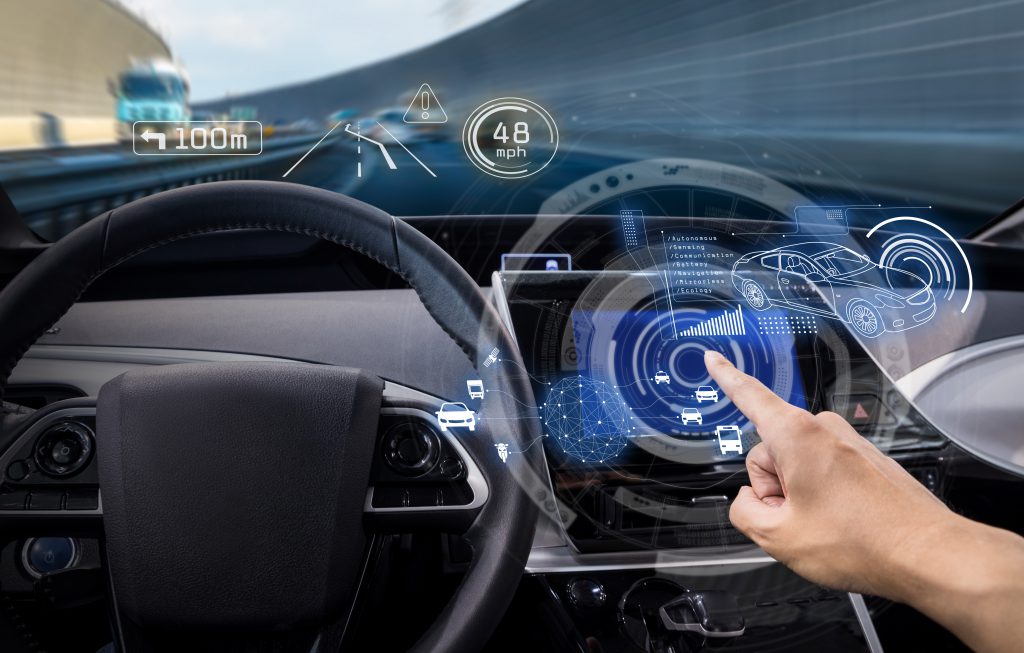Drive-assist and autonomous cars have begun to emerge as very real possibilities for the market. Due to the thriving technology sector of transportation, we are being offered options that we have never had in the past. However, with great power comes great responsibility. The industry and its customers are now faced with the questions of “should we?” as opposed to “can we?”. We have the technological ability to do so much, but the world may not be ready.
An Argument for Autonomy
In a TED Talk given in 2015, Chris Urmson proposed that we have no choice but to take the leap into fully driverless vehicles. He suggests that this is the direction in which self-driving or assisted driving systems are moving anyway. However, expecting these vehicles to transition seamlessly into fully autonomous solutions would be like saying “if I work really hard at jumping, eventually I will fly”. He goes on to refer to driver assistance systems as “patching around the problem [of human drivers]”.
It is the opinion of those in favour of full autonomy that smarter cars are just going to make more negligent drivers. This is because humans will rely on their drive-assist systems too heavily instead of partnering with them. Due to this error on the part of the operators, incremental advances in cars will not yield the desperately needed returns in terms of greater safety and reduced congestion on our roads.
Furthermore, a driverless car will have a much better perception of what is going on around it than a human ever could. In an article for Business Insider, Cadie Thompson suggests that driverless vehicles will possess “super-human driving skills”. This combination of sensors and deep-learning will allow the car to make better decisions in any situation, making their human counterparts seem slow and bumbling in comparison.
Taking Back the Wheel
On the opposite side of this argument, we actually find a significant number of consumers. The idea of driverless cars is frightening, yes, but that’s not all. In reality, despite all of its challenges and hazards, people enjoy driving and the independence that comes with it. When we picture autonomous vehicles, we see our rush-hour traffic jams melt away. But what about those long country drives? What about the feeling of pure adrenaline when you got behind the wheel of your first car?
For so many, drive-assist features offer increased safety while allowing them to maintain their independence. For some, drive-assist will allow them to drive for the very first time. An example of this is demonstrated by Dennis Hong and his car for the blind. After developing a driverless car, his team was approached by the National Federation of the Blind (NFB) to create a car for blind drivers. The team originally thought that they could just use their autonomous vehicle, but it was more complicated than that. Users of the car actually wanted to be driving. They wanted to make their own decisions with the help of the car. For these people, establishing their freedom was paramount.
This and other examples are popping up all over the industry. As we near the introduction of fully driverless cars, hobby drivers begin to get nervous. Will the new cars become a mandatory standard? What does that mean for their garage of beautiful sports cars and hobby vehicles. Within this population, individuals would much rather work with drive-assist systems than lose full control.
Decisions, Decisions
In short, driverless cars are coming to market very quickly. The predicted safety benefits of removing the human error in driving are exponential. But what if we could just up the safety a little bit. Drive-assist might not make us all perfect drivers, but will it be safe enough to ward off the standardization of autonomous vehicles?
Learning to be better drivers is either going to be a long road or a very short one. Our drive-assist systems might make us better, but autonomous vehicles will remove us from the equation entirely. Are we going to become better drivers, or should we never have to drive at all?

